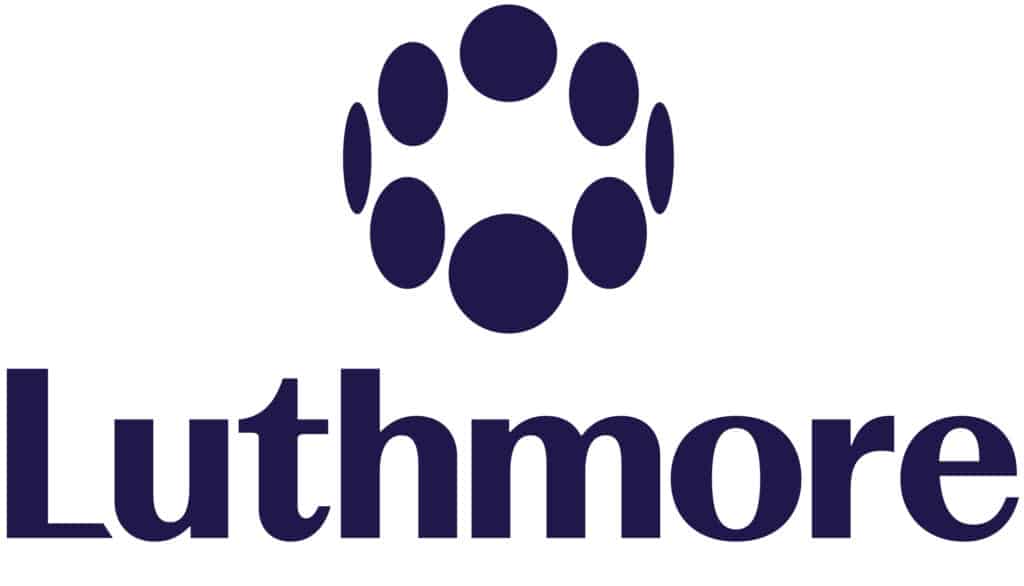RTS Meters (Radio Teleswitch Meters) – The Great Switch-Off:
Energy Companies and the Transition Away from RTS Meters in 2025
In the ever-evolving landscape of energy management, 2025 marks a significant turning point. Energy companies across the globe are gearing up to phase out Reactive Tariff Supply (RTS) meters, a technology that has been a cornerstone of energy measurement for decades. This transition is not just a technical upgrade; it represents a broader shift towards smarter, more efficient, and sustainable energy systems.
What Are RTS Meters?
An RTS meter is a ‘Radio Teleswitch’ which is an older type of electricity meter that uses radio signals to switch between peak and off-peak rates. RTS meters are being phased out and switched off on June 30th 2025.
Why the Switch-Off?
The decision to phase out RTS meters is driven by several factors:
- Advancements in Smart Meter Technology: Modern smart meters offer far more comprehensive data than RTS meters. They provide real-time insights, enabling more precise billing and better energy management.
- Regulatory Changes: Governments and regulatory bodies are pushing for more transparent and efficient energy systems. The outdated RTS meters, with their limited capabilities, are no longer sufficient to meet these new standards.
- Consumer Demand: As consumers become more energy-conscious, there is a growing demand for detailed energy usage information. Smart meters cater to this need by offering user-friendly interfaces and detailed consumption data.
- Integration with Renewable Energy: The rise of renewable energy sources, which often involve complex power quality issues, necessitates more advanced metering solutions. Smart meters are better equipped to handle the variability and integration challenges posed by renewables.
The Impact on Energy Companies
For energy companies, the switch-off of RTS meters is both a challenge and an opportunity. On one hand, the transition requires significant investment in new infrastructure and technology. On the other hand, it opens up new avenues for innovation and customer engagement.
- Infrastructure Upgrades: Energy companies must invest in new smart meters and the associated communication networks. This includes not only the hardware but also the software systems needed to process and analyse the vast amounts of data generated.
- Customer Education: With the introduction of smart meters, companies need to educate their customers about the benefits and functionalities of the new technology. This includes explaining how to read and interpret the data, and how to use it to manage energy consumption more effectively.
- Data Management: The sheer volume of data from smart meters presents both a challenge and an opportunity. Companies must develop robust data management systems to handle this information securely and efficiently. At the same time, this data can be leveraged to offer personalised services and improve grid management.
- Regulatory Compliance: Ensuring compliance with new regulations is crucial. This involves not only meeting technical standards but also adhering to data privacy and security requirements.
The Road Ahead
As 2025 approaches, the energy sector is poised for a transformative shift. The phase-out of RTS meters is just one part of a broader move towards smarter, more resilient energy systems. For energy companies, the key to success lies in embracing this change proactively. By investing in the right technology, educating customers, and leveraging data effectively, they can not only navigate the transition smoothly but also unlock new opportunities for growth and innovation.
In conclusion, the switch-off of RTS meters in 2025 is a pivotal moment in the energy industry. It marks the end of an era and the beginning of a new chapter characterised by smarter, more efficient, and sustainable energy management. As we move forward, the focus will be on harnessing the power of technology to create a more resilient and responsive energy system for the future.
Implications of phasing out RTS Meters on Economy 7
Transition to Smart Meters:
The replacement of RTS meters with smart meters will fundamentally change how Economy 7 tariffs are managed. Smart meters offer more advanced capabilities, including real-time data tracking, remote readings, and the ability to adjust tariff structures dynamically. This shift will likely lead to:
-
- Improved Accuracy: Smart meters provide more precise measurements of energy usage, reducing billing errors and ensuring customers are charged correctly for their peak and off-peak consumption.
-
- Enhanced Flexibility: Energy providers can introduce more dynamic tariff structures, such as time-of-use (ToU) pricing, which adjusts rates based on real-time grid demand. This could replace the fixed off-peak hours of Economy 7 with more flexible pricing models.
-
- Better Consumer Insights: Smart meters give consumers access to detailed energy usage data, helping them optimize their consumption patterns to take full advantage of off-peak rates.
Potential Challenges for Consumers
While the transition to smart meters offers many benefits, it may also pose challenges for some Economy 7 customers:
-
- Compatibility Issues: Older storage heaters or appliances designed for fixed off-peak hours may not align with dynamic pricing models. Consumers may need to upgrade their equipment or adjust their usage habits.
-
- Tariff Changes: Energy providers may phase out traditional Economy 7 tariffs in favour of more flexible ToU tariffs. This could lead to confusion or dissatisfaction among customers who rely on the predictability of Economy 7.
-
- Initial Costs: While smart meters are typically installed at no upfront cost to consumers, there may be indirect costs associated with upgrading home energy systems to fully leverage the new technology.
Opportunities for Energy Providers
For energy companies, the switch to smart meters presents an opportunity to modernize their offerings and improve grid management:
-
- Dynamic Pricing Models: Providers can introduce more sophisticated tariffs that reflect real-time energy costs, encouraging consumers to shift their usage to times when renewable energy generation is high or grid demand is low.
-
- Grid Optimisation: Smart meters enable better monitoring and management of energy flows, helping providers balance supply and demand more effectively. This is particularly important as the grid integrates more renewable energy sources.
-
- Customer Engagement: With access to real-time data, providers can offer personalized energy-saving tips and tailored tariff recommendations, enhancing customer satisfaction and loyalty.
Broader Economic Implications
The phasing out of RTS meters and the adoption of smart meters will have wider economic implications:
-
- Energy Efficiency: By encouraging consumers to shift their usage to off-peak periods or times of high renewable generation, smart meters can reduce overall energy demand and lower carbon emissions. This supports national and global climate goals.
-
- Cost Savings: More efficient energy use and grid management can lead to cost savings for both providers and consumers. These savings could be reinvested in renewable energy infrastructure or passed on to customers through lower bills.
-
- Job Creation: The rollout of smart meters and associated technologies will create jobs in manufacturing, installation, data analysis, and customer support.
The Future of Economy 7 Tariffs
As RTS meters are phased out, the traditional Economy 7 tariff may evolve or be replaced by more dynamic pricing models. For example:
-
- Time-of-Use Tariffs: These tariffs adjust rates based on real-time grid conditions, offering cheaper rates during periods of low demand or high renewable generation.
-
- Peak/Off-Peak Flexibility: Instead of fixed off-peak hours, providers may offer variable off-peak windows to better align with grid needs.
-
- Personalised Tariffs: Smart meters enable providers to offer customized tariffs based on individual consumption patterns, potentially replacing one-size-fits-all models like Economy 7.
Conclusion
The switch-off of RTS meters in 2025 marks a significant shift in how energy is measured, billed, and managed. For Economy 7 customers, this transition brings both challenges and opportunities. While the traditional tariff structure may change, the move to smart meters promises greater accuracy, flexibility, and efficiency. Energy providers must work closely with consumers to ensure a smooth transition and maximize the benefits of this new era in energy management.
As the energy landscape continues to evolve, the focus will be on creating a more sustainable, responsive, and consumer-friendly system. The phasing out of RTS meters is a crucial step in this journey, paving the way for a smarter and more resilient energy future.






